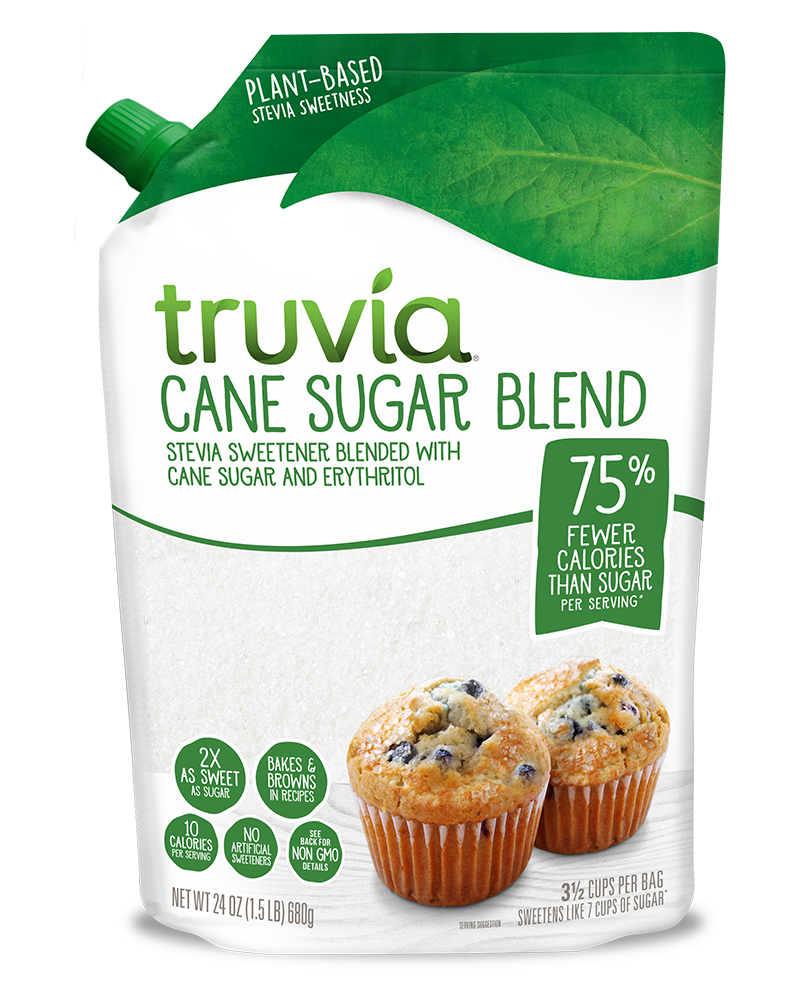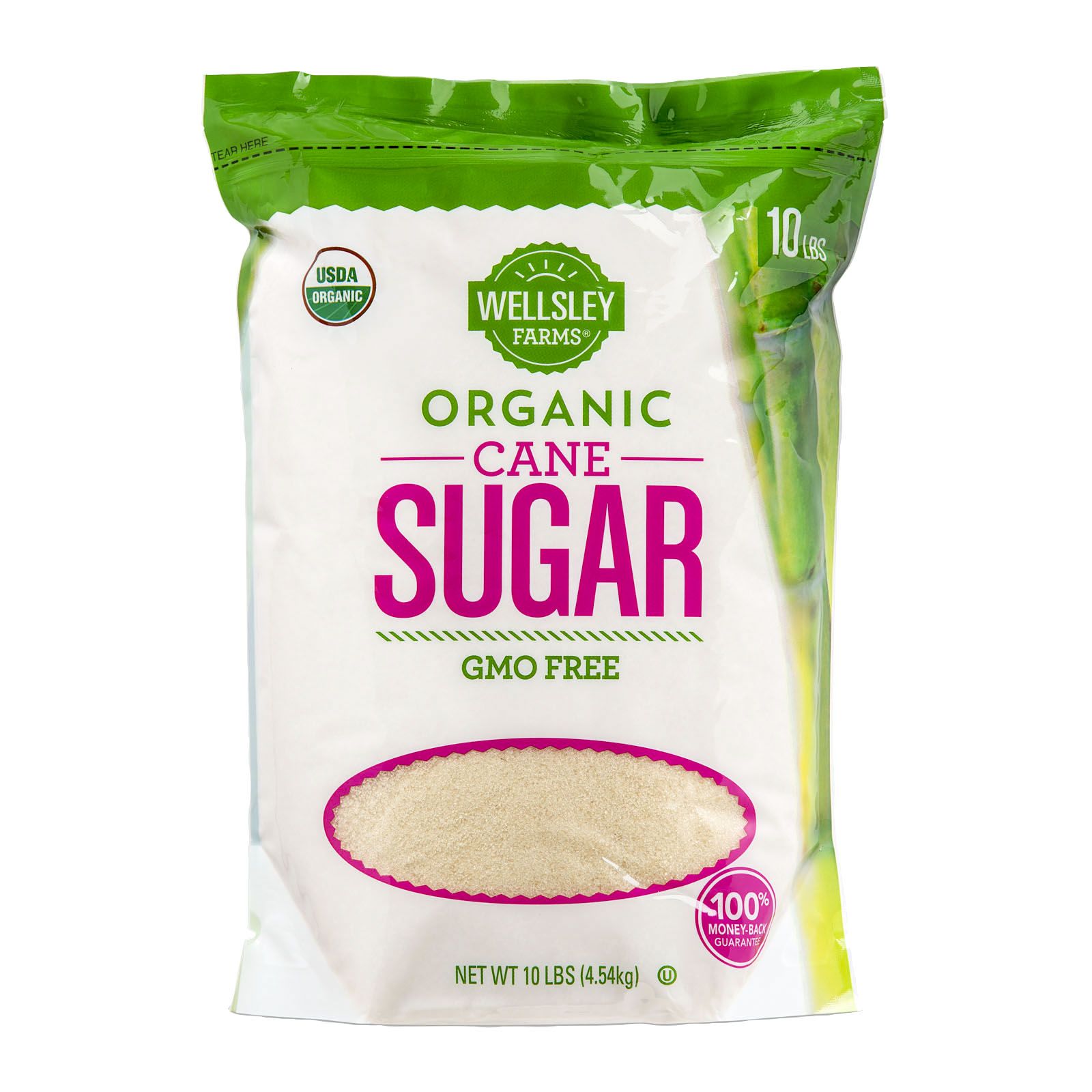The Trip of Cane Sugar Processing: From Harvest to Crystals
The Trip of Cane Sugar Processing: From Harvest to Crystals
Blog Article
Understanding the Critical Methods and Technologies Employed in Modern Walking Stick Sugar Processing
The evolution of walking cane sugar handling has been considerably formed by the assimilation of advanced strategies and technologies that address both effectiveness and sustainability. Enzyme-assisted extraction and innovative refining techniques have changed yield optimization, while automation helps with operational integrity. Furthermore, the focus on sustainable practices mirrors a growing understanding of environmental influence. As we check out these crucial improvements, it becomes necessary to take a look at exactly how they not just boost manufacturing but likewise straighten with more comprehensive market patterns and customer demands, increasing inquiries concerning the future of sugar handling and its implications for worldwide markets.
Historic Context of Walking Stick Sugar Handling
The historic context of walking stick sugar processing discloses an abundant tapestry of agricultural innovation and social exchange that has formed its development over centuries. The procedure of drawing out and refining sugar gained momentum in India, where approaches for condensation were perfected around the Sixth century.

Advanced Removal Techniques
Performance in walking stick sugar removal has seen substantial developments, driven by the requirement for higher returns and reduced production prices. Traditional techniques have actually developed, paving the way to innovative modern technologies that enhance the effectiveness of the extraction process. One noteworthy improvement is making use of enzyme-assisted extraction, in which specific enzymes break down cell walls and launch even more sucrose from the cane fibers. This strategy not just enhances sugar return but likewise lowers the energy required for processing.
In addition, the adoption of membrane layer purification innovations, such as nanofiltration and turn around osmosis, has actually revolutionized the separation of sugar from pollutants. These approaches permit the discerning permeation of sugar molecules while preserving larger pollutants, simplifying the removal process and reducing waste.
In addition, the combination of continual extraction systems has resulted in enhanced functional performance. Cane Sugar Processing. These systems maintain a constant circulation of cane material, making certain optimal extraction conditions and decreasing downtime linked with set handling
Innovative Refining Technologies
Refining techniques in cane sugar handling have actually gone through a transformative shift, driven by the need for greater purity and boosted item high quality. One of one of the most noteworthy innovations is the fostering of membrane layer filtering innovations, such as ultrafiltration and nanofiltration. These processes properly remove pollutants and colorants without the demand for substantial chemical treatments, thereby maintaining the sugar's all-natural flavor and boosting its allure.
An additional considerable advancement is the usage of ion exchange materials, which enable for careful elimination of unwanted ions from sugar options. This modern technology not only raises the overall pureness of the last product however additionally contributes to decreased waste and ecological impact.
Moreover, advancements in adsorption methods, making use of activated carbon and other advanced products, have actually shown efficient in decolorizing sugar remedies while maintaining ideal high quality. The assimilation of these innovative refining innovations ensures that producers can create polished sugar with premium clarity and taste, meeting the progressing choices of customers.
Automation and Control Systems
Recent improvements in refining modern technologies have actually paved the method for considerable enhancements find out here in automation and control systems within walking stick sugar handling centers. These systems utilize sophisticated software application and equipment to improve functional performance, reduce human error, and guarantee constant product top quality.
Modern automation integrates numerous components, consisting of sensors, actuators, and programmable logic controllers (PLCs), allowing real-time surveillance and control of vital procedures. As an example, circulation, temperature level, and stress rates can be precisely regulated during removal, clarification, and condensation stages, enhancing performance and lessening waste.
In addition, progressed information analytics and artificial intelligence algorithms play a pivotal role in anticipating upkeep, allowing operators to anticipate tools failings before they take place. This aggressive approach not only reduces downtime yet also extends the life expectancy of machinery.
Furthermore, automation assists in the implementation of content Sector 4.0 principles, encouraging sugar mills to accomplish better connection and data exchange throughout processes. Consequently, decision-making ends up being even more informed and dexterous, inevitably improving the total competition of cane sugar production. With these advancements, the market is well-positioned to satisfy growing worldwide demands while maintaining functional excellence.
Sustainability Practices in Sugar Production
Sustainability methods in sugar production have actually become significantly vital as the industry looks for to stabilize economic stability with environmental duty. As consumer recognition expands concerning the ecological influences of agricultural methods, sugar manufacturers are adopting ingenious techniques to lower their ecological footprint.
One considerable strategy is the implementation of precision agriculture strategies, which make use of information analytics to optimize resource use, such as water and plant foods. This lowers waste and minimizes the influence on regional ecosystems. Additionally, lots of manufacturers are transitioning to eco-friendly power sources, such as biomass from sugarcane by-products, to power their procedures, therefore lowering reliance on fossil fuels.
Water management methods are likewise important; rain harvesting and reliable watering systems aid mitigate water scarcity issues. Cane Sugar Processing. Additionally, integrated pest management methods minimize chemical use, promoting biodiversity and soil health
Corporate social obligation initiatives are emerging, with business buying neighborhood areas and making certain fair labor practices. By embracing these sustainability methods, the sugar industry not just boosts its online reputation yet likewise adds to a much more lasting agricultural landscape, leading the way for future generations.

Final Thought
In summary, modern-day walking cane sugar processing integrates i was reading this an array of sophisticated methods and modern technologies that considerably improve sustainability, yield, and efficiency. The adoption of innovative extraction and refining methods, alongside automation and control systems, helps with improved operational performance and product top quality. In addition, the focus on lasting techniques emphasizes a dedication to decreasing ecological influence and advertising honest manufacturing. Collectively, these improvements position the walking stick sugar market to meet contemporary needs while dealing with vital worldwide difficulties.
The evolution of walking stick sugar processing has actually been substantially shaped by the integration of advanced techniques and modern technologies that attend to both efficiency and sustainability.The historic context of walking cane sugar processing reveals an abundant tapestry of agricultural innovation and social exchange that has actually shaped its development over centuries. Innovations in milling and refining arised, laying the foundation for contemporary cane sugar handling.Refining techniques in walking stick sugar handling have undertaken a transformative shift, driven by the demand for higher purity and improved product quality.In recap, modern-day cane sugar handling incorporates a variety of innovative techniques and modern technologies that considerably improve yield, performance, and sustainability.
Report this page